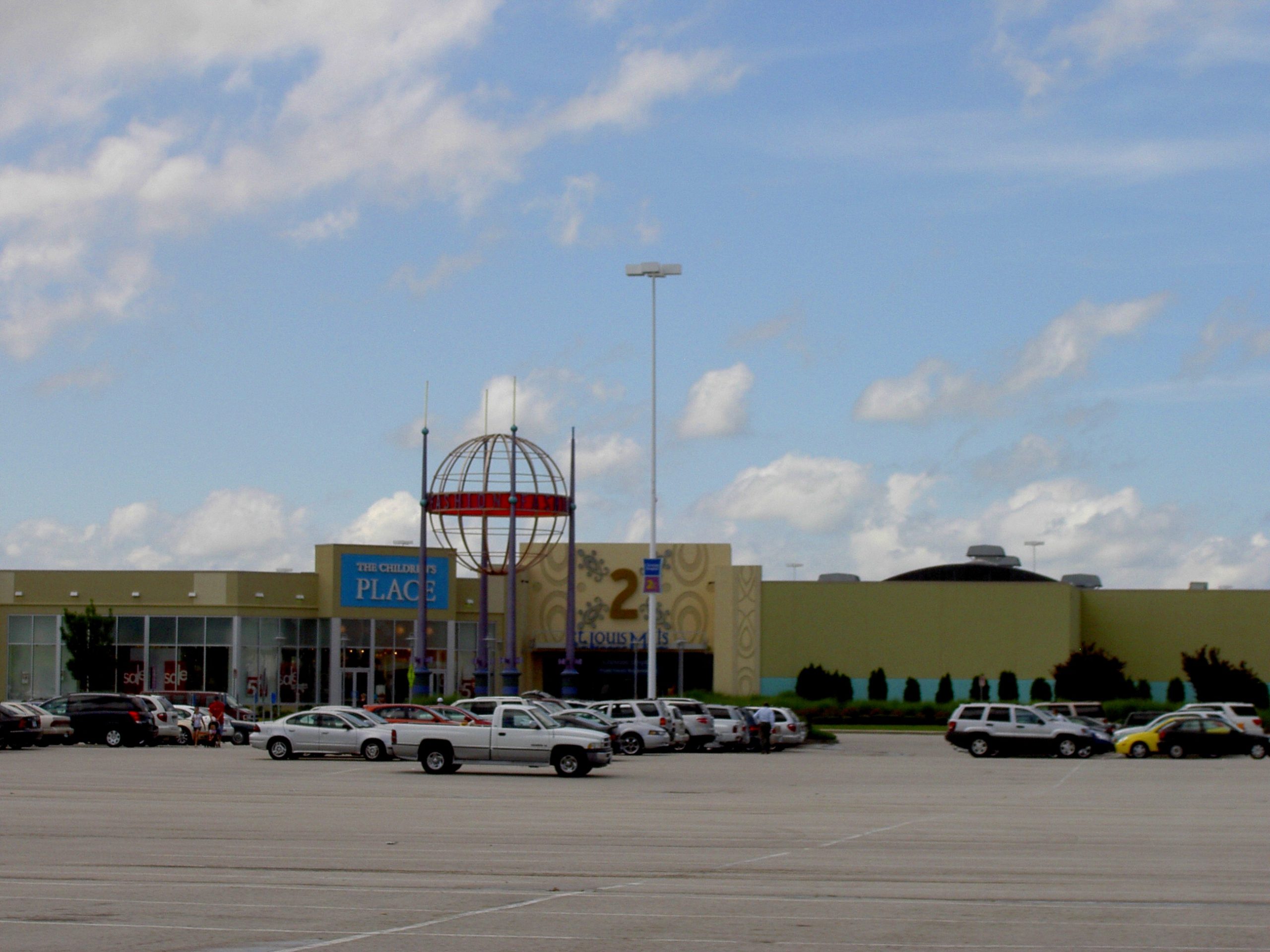The Driver Pedestrian Safety Riddle

,
Johann F. Szautner, P.E., Civil Engineer ::::
Case Summary: On a late winter afternoon, an elderly couple drove to the shopping center. The husband stopped the car at the sidewalk in front of the store the wife wanted to visit. He left his wife off to do her shopping and told her he would pick her up as soon as he would see her leaving the store. After a short waiting time, he saw her exiting the store and began driving towards the sidewalk. Instead of waiting for him, she stepped off the sidewalk, took 2 – 3 steps, and was struck by an oncoming car. She succumbed to her injuries the following day. According to one eyewitness account, it was dusk at the time of the accident and the parking lot lights were not on. Another eyewitness testified that the car was speeding.
Expert Analysis: The parking lot lights are controlled via a time clock and a photoelectric cell which triggers illumination. The photoelectric trigger threshold and time clock are controlled by the shopping center operator. Maintenance records indicated that the parking lot lights were functioning at the time of the accident. The access driveway to the subject store has a curved alignment, which limits the stopping sight distance to 118 feet, and thus being adequate for a vehicular speed of up to 20 MPH.
However, police photographs taken at the scene show a pile of snow potentially interfering with the available sight distance. The building adjacent to the subject store houses multiple stores, and has several well-defined marked pedestrian crossings from the building sidewalk to the parking lot. The store where the victim shopped did not have a single defined pedestrian crossing. Well marked pedestrian crossings accomplish dual goals: prepare drivers for the likelihood of encountering a pedestrian, and create an atmosphere of walk-ability and accessibility for pedestrians. In order to promote pedestrian safety, predictability of their actions and movements can be facilitated by providing designated crosswalks and locating them at the best sight distance conditions.
The Problem: Owners, operators, property managers and facility designers are on notice to develop a comprehensive approach to minimize or avoid pedestrian accidents. The parking layout should provide continuous flow of traffic through the lot, safe movement of pedestrians from parking to buildings, and adequate visibility for motorists and pedestrians. The design should allow for appropriate landscaping of the parking areas without conflicting with stopping sight distances and site lighting. Circulation systems shall be designed to avoid conflicts between vehicular and pedestrian traffic. Pedestrian circulation shall take precedence over vehicular circulation. Where pedestrian circulation crosses vehicular routes, a well defined and marked crosswalk with yellow striping, speed controls, and/or signage shall be provided to emphasize the conflict point and improve its visibility and safety. Reducing pedestrian fatalities also requires focusing on increased driver and pedestrian education. In a parking lot, drivers become pedestrians and pedestrians become drivers. Yet when leaving or entering a vehicle in the parking lot we are not paying attention to this transformation; typically pedestrians remain hurried drivers, and drivers remain distracted pedestrians. There are limitations to what safety design and risk management can do to mitigate driver/pedestrian conflict points in parking lots. In order to avoid a collision between a pedestrian and a motorist, both the driver and the pedestrian need to have a situational awareness of where either of them is walking and driving and what is going on around them. Pedestrians shall never assume a driver sees them, and shall make eye contact with drivers as they approach to make sure they are seen. Pedestrians need to look carefully before crossing a driving area, obey pedestrian signals and signs, and look carefully before walking past stopped vehicles. Drivers need to look out for pedestrians, especially in hard-to-see conditions such as nighttime or in bad weather, stop for pedestrians in crosswalks, and never pass vehicles stopped at a crosswalk.
Result: Parties mediated the case and resolved it with all defendants.
Johann F. Szautner, P.E., is a Civil Engineer with DJS Associates and can be reached via phone at 215-659-2010 or via email at experts@forensicDJS.com.
Tags: Civil Engineer | Johann F. Szautner | P.E.


